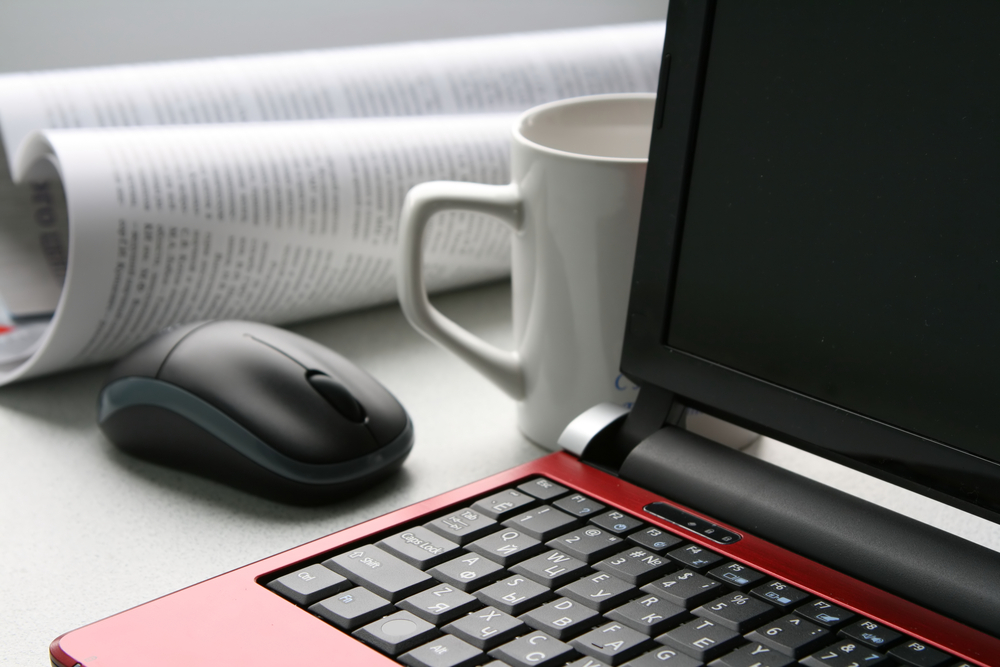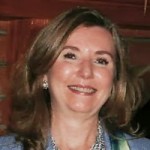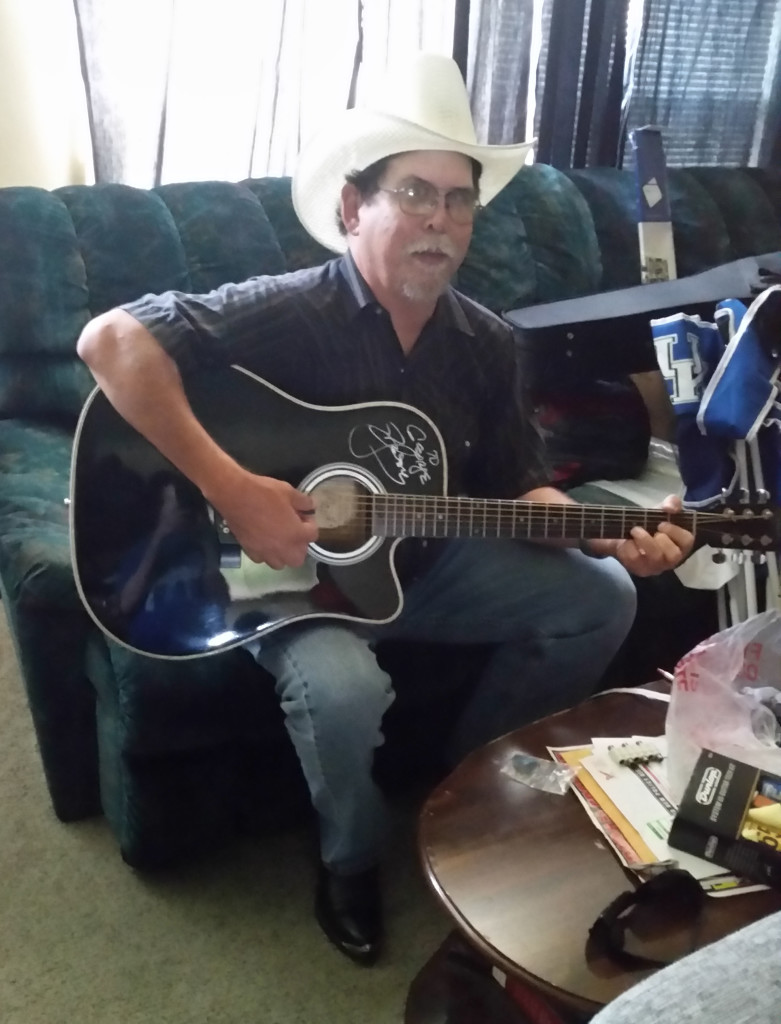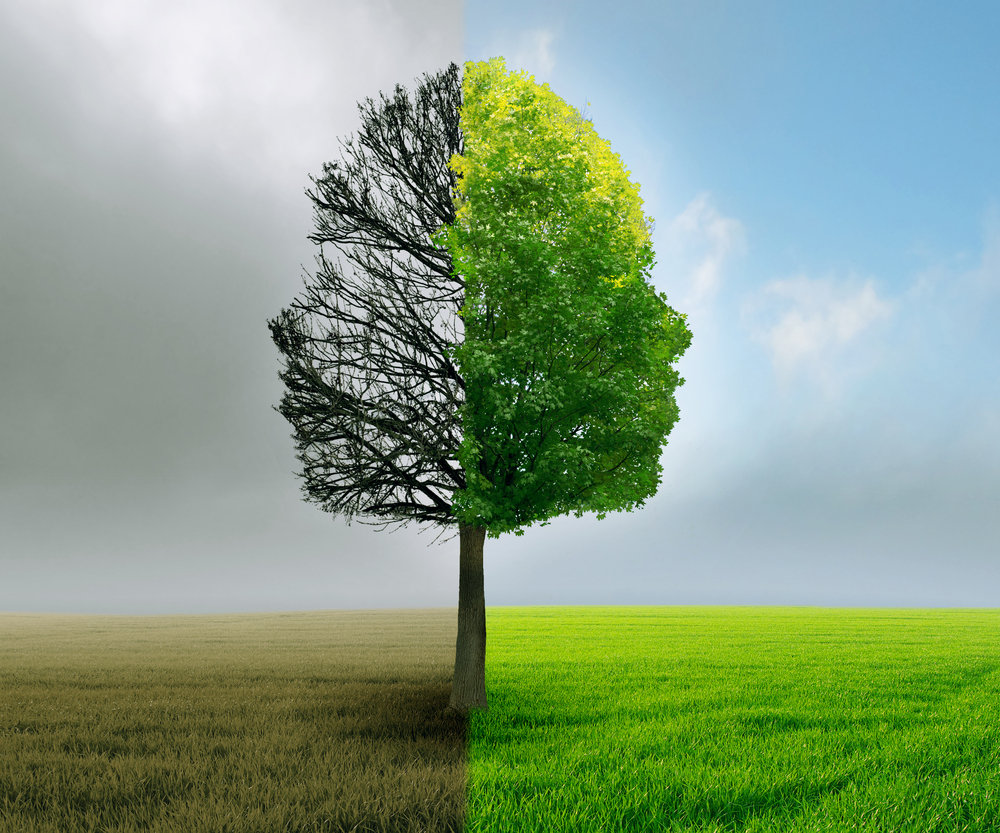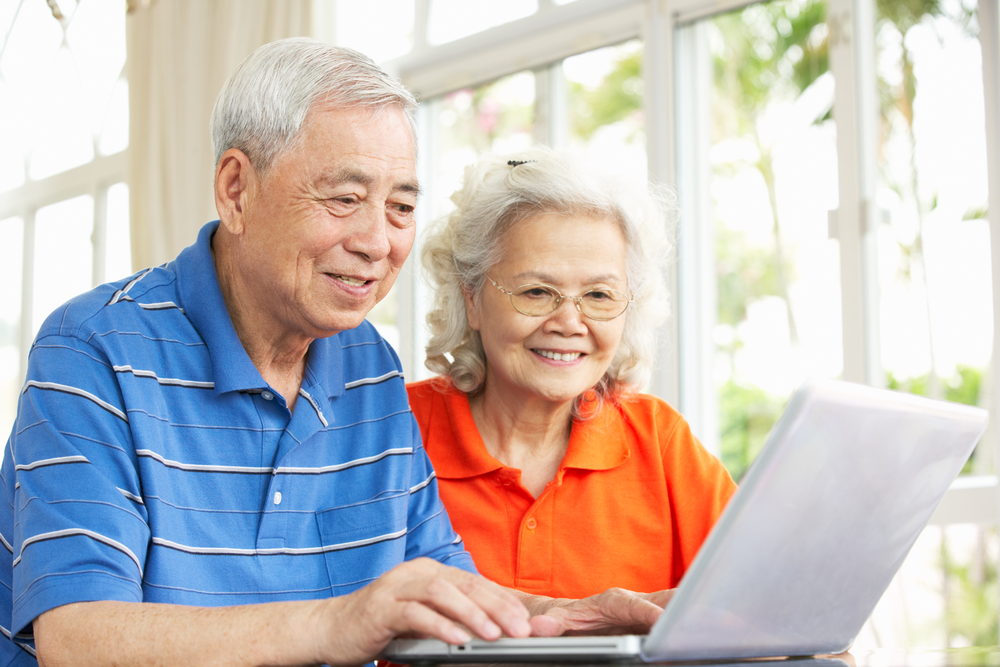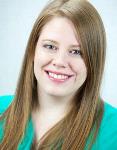Polarized and Absorptive Lenses
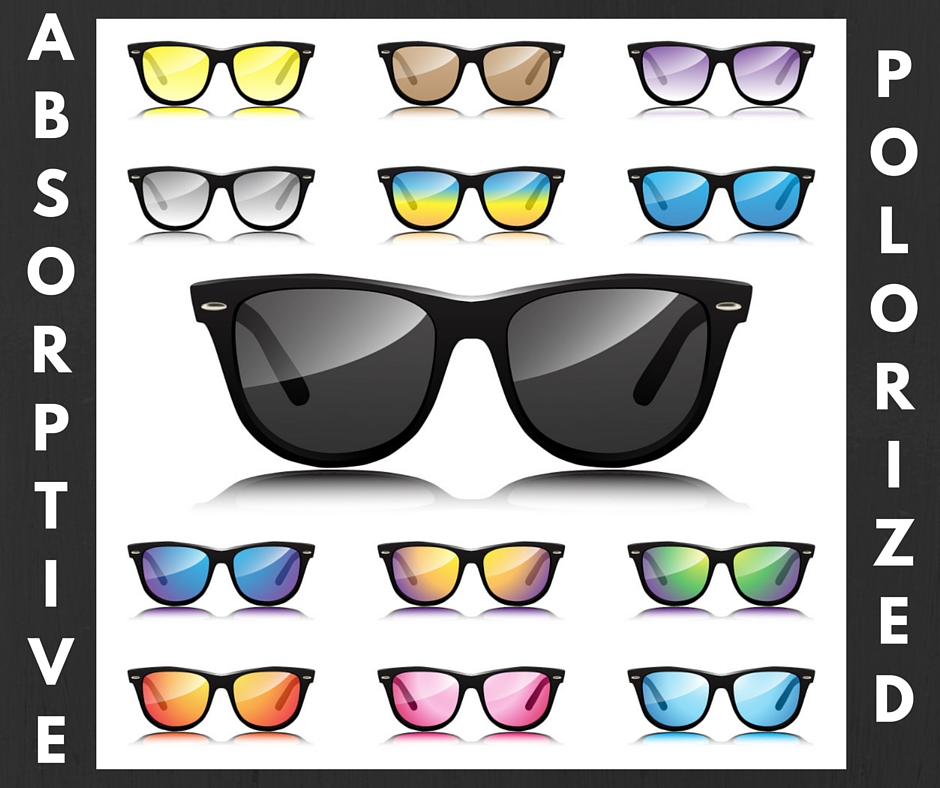
Polarized lenses can be helpful in reducing glare; in fact, they were first developed to help with glare from outdoor sports and activities. Here is a passage from All About Vision that explains the basics of polarized lenses very well.
- Light reflected from surfaces such as a flat road or smooth water generally is horizontally polarized. This means that, instead of light being scattered in all directions in more usual ways, reflected light generally travels in a more horizontally oriented direction. This creates an annoying and sometimes dangerous intensity of light that we experience as glare. Polarized lenses contain a special filter that blocks this type of intense reflected light, reducing glare.
Though polarized sunglasses improve comfort and visibility, you will encounter some instances when these lenses may not be advisable. One example is downhill skiing, where you don’t want to block light reflecting off icy patches because this alerts skiers to hazards they are approaching. In addition, polarized lenses may reduce the visibility of images produced by liquid crystal displays (LCDs) or light-emitting diode displays (LEDs) found on the dashboards of some cars or in other places such as the digital screens on automatic teller machines and self-service gas pumps. With polarized lenses, you also may be unable to see your cell phone or GPS device.
Boaters and pilots also have reported similar problems when viewing LCD displays on instrument panels, which can be a crucial issue when it comes to making split-second decisions based strictly on information displayed on a panel. (Some manufacturers of these devices have changed their products to solve the problem, but many have not yet done so.) Many polarized lenses are available in combination with other features that can enhance outdoor experiences.
Absorptive Sunlenses/Sunglasses do a little more than just reduce glare.
These are special wraparound sunglasses that filter out ultraviolet (UV) and infrared (IR) light. I explained those two types of light in my post. In addition to reducing glare, they can also increase contrast, which is important for visibility.
They also come in a variety of tints: dark gray-green, medium amber, medium gray, medium plum, yellow, orange, amber, and light orange. Many of the available tints/colors also have a percentage sign. The percentage sign represents the amount/percent of visible light that is transmitted through the lens. Here are some examples:
- 32% medium gray
- 10% medium amber
- 2% dark gray-green
- 20% medium plum
- 65% yellow
- 49% orange
- 16% amber
- 52% light orange
It is the tint – in combination with the amount of light transmission of each tint – that is helpful for people with glare issues. There are a few manufacturer websites that explain the range of absorptive lenses very well.
The first is NoIR Medical Technologies (NoIR stands for “No Infra-red” light.) You’ll see that there are different colors and tints, and many of the colors also have a percentage sign. The percentage sign represents the amount/percent of visible light transmitted through the lens.
Generally, NoIR recommends the following for people with glare problems:
- 32% Grey
- 13% Dark Grey
- 18% Grey
- 40% Grey-Green
- 20% Plum
- 16% Amber
- 10% Amber
- 54% Yellow
You can see from the list that the color does not have to be extremely dark for the lenses to reduce glare and light sensitivity.
Also, Eschenback Optik provides a good overview of Solar Shields, another type of absorptive lens product.
Most styles of absorptive lenses also can be fitted over prescription lenses. The bottom line is that it’s probably necessary to visit an office that carries a supply of these lenses and determine which color, tint, and percentage of light transmission is right for your wife. It’s helpful to compare several styles to determine what tint and percentage of light transmission work best.
10/27/15
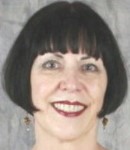 Maureen A. Duffy, CVRT, LVT
Maureen A. Duffy, CVRT, LVT
Social Media Specialist, visionaware.org
Associate Editor, Journal of Visual Impairment & Blindness
Adjunct Faculty, Salus University/College of Education and Rehabilitation


